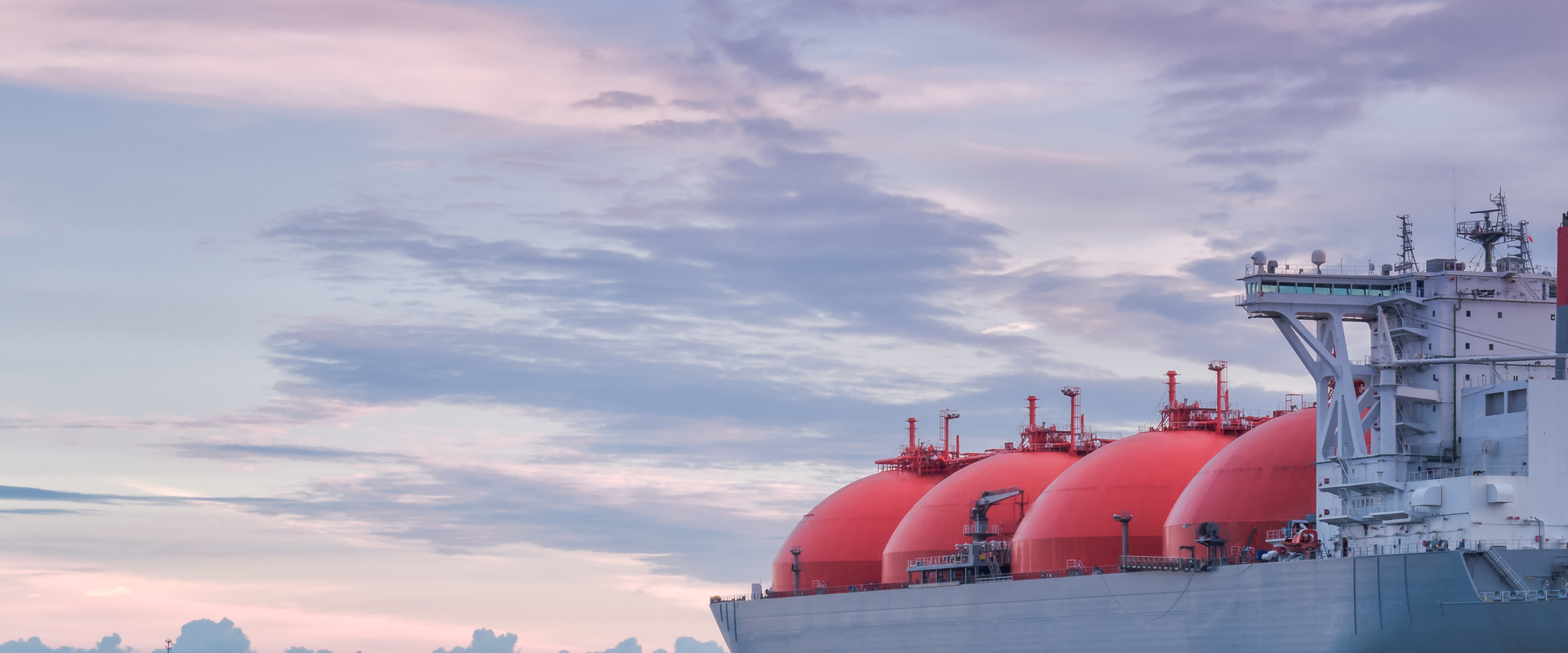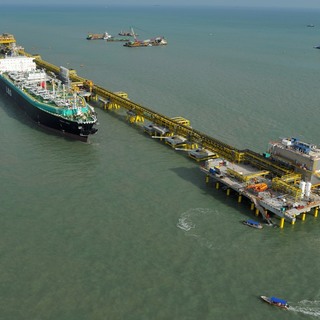
Marine QRA of LNG Transport via an LNG Vessel
Our combined experience in hazard assessment and marine safety enabled the accurate identification of the relative risk of various transit routes.
A BMT customer was looking to build an LNG terminal in Shenzhen, China for transporting cargo from Shenzhen to Hong Kong via LNG vessels.
The proposed development would require the vessels to travel on a relatively busy and narrow water channel called Tonggu Channel.
We were commissioned by the customer to carry out a Marine QRA (MQRA) to assess the additional risk from the LNG tankers to the land population along the Tonggu channel. The result of the QRA study was expressed in the form of individual risk contours and societal risk F-N curves.
In order to calculate the individual risk and societal risk, the following steps were carried out:
BMT’s combined experience in hazard assessment and marine safety enabled the accurate identification of the relative risk of various transit routes.
The individual risk and societal risk results were benchmarked against international risk assessment standards. We concluded that the LNG transit route did not pose significant risk on the population near the Tonggu Channel.
Other BMT services provided for this development:

We have been providing engineering support to Muhibbah Engineering Bhd for the LNG Regasification Facilities Project, commencing from FEED for the LNG regas unit and the Island berth.

Together with Samsung C&T Corporation and Anatara Koh Pte Ltd, we provided offshore engineering consultancy and construction services for the Singapore LNG terminal secondary and tertiary berths at Jurong Island.

BMT have been providing professional services to Muhibbah Engineering Bhd commencing from the FEED for the LNG Regasification Unit and Island Berth of the LNG Regasification.

BMT reviewed the operability and reliability for current and future operations of an LNG terminal in Singapore.